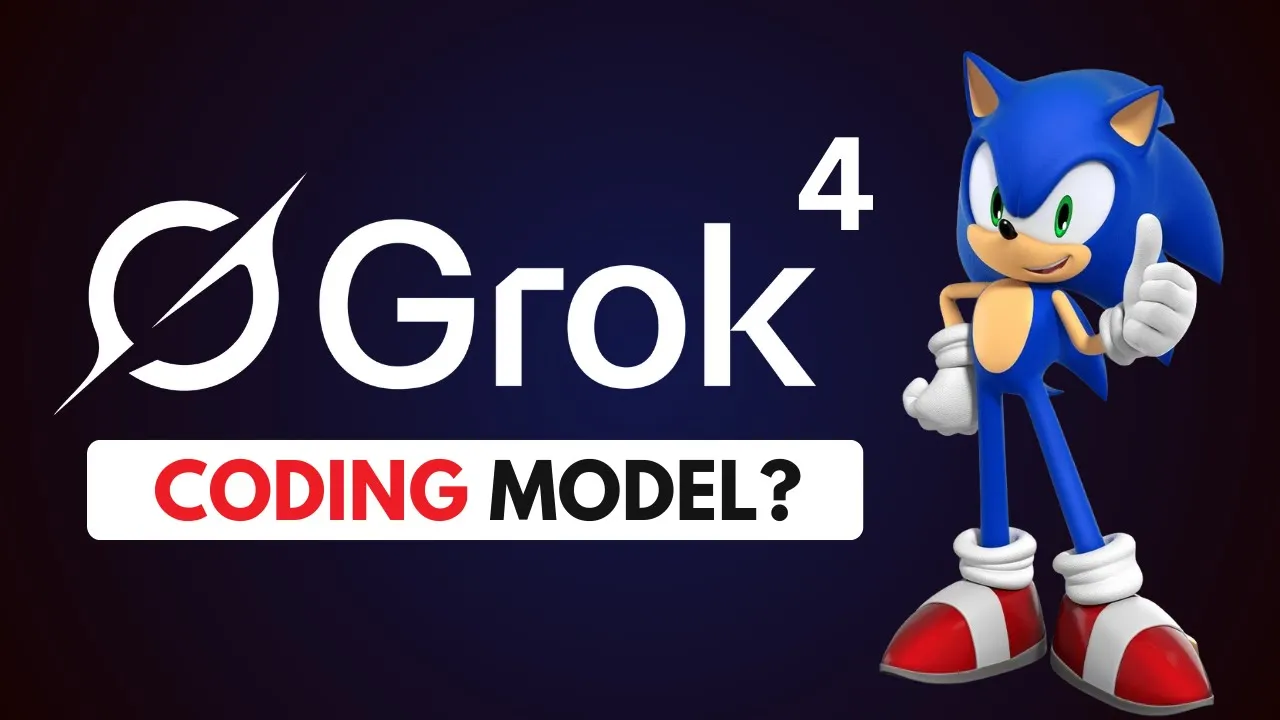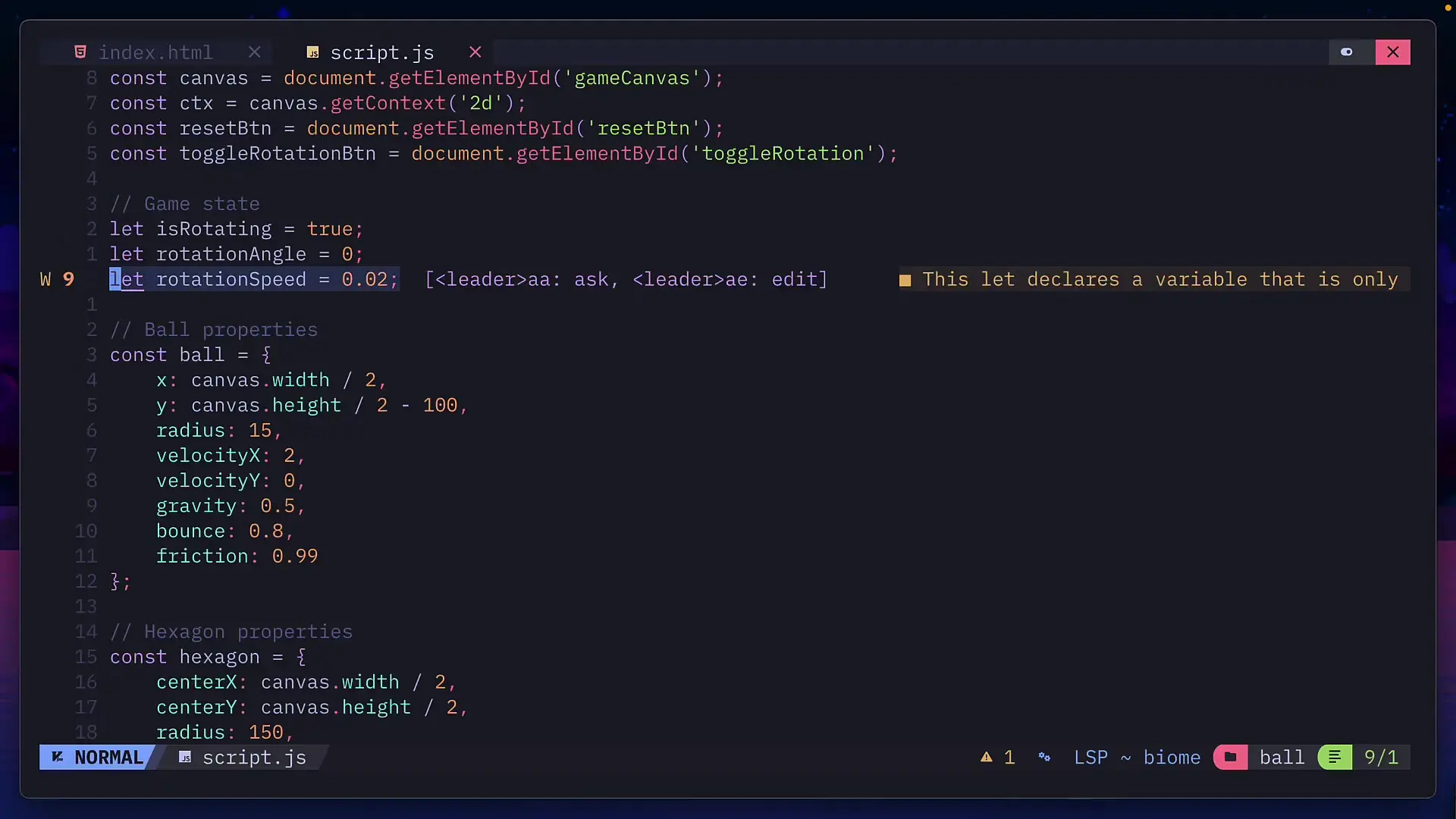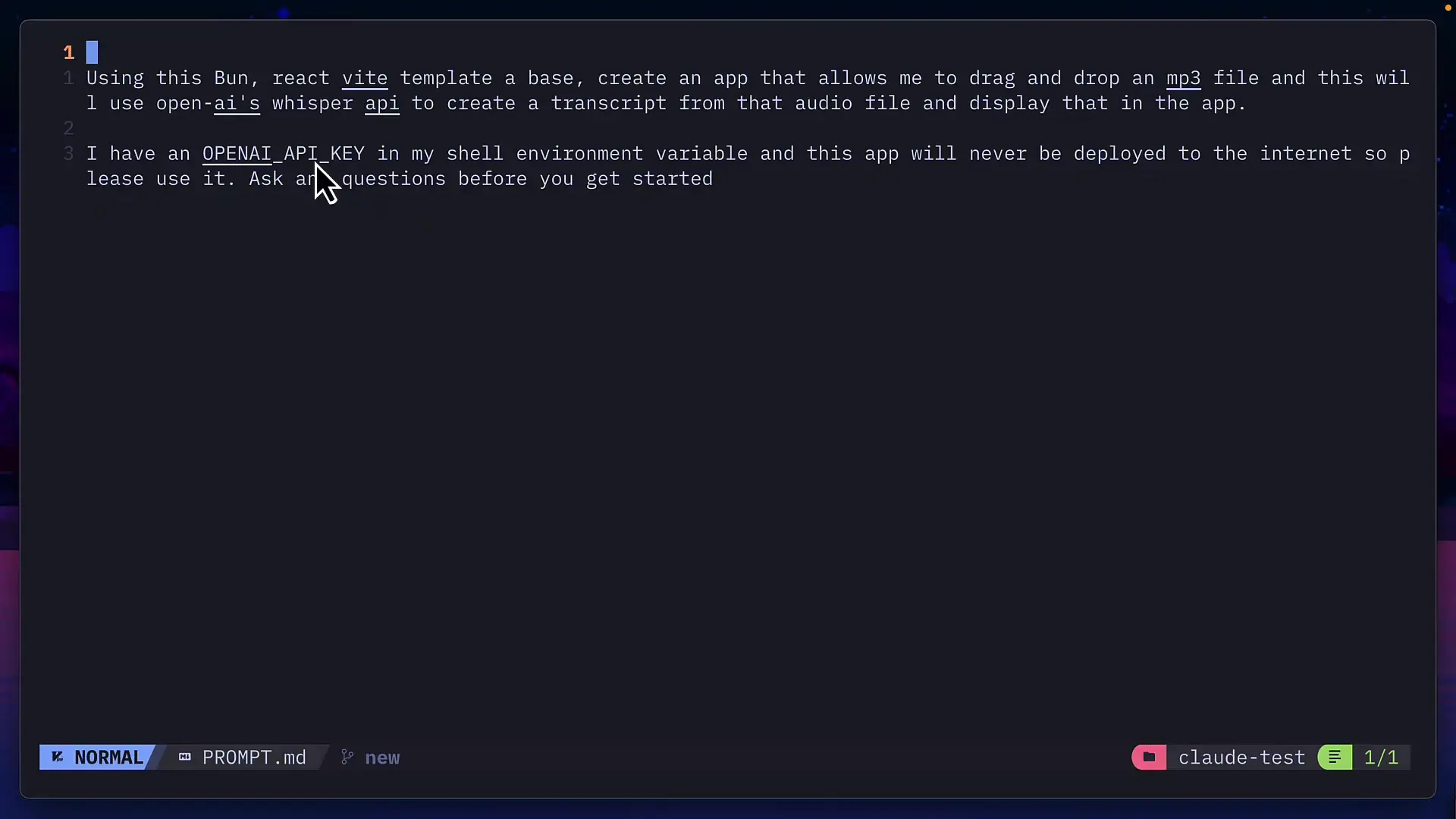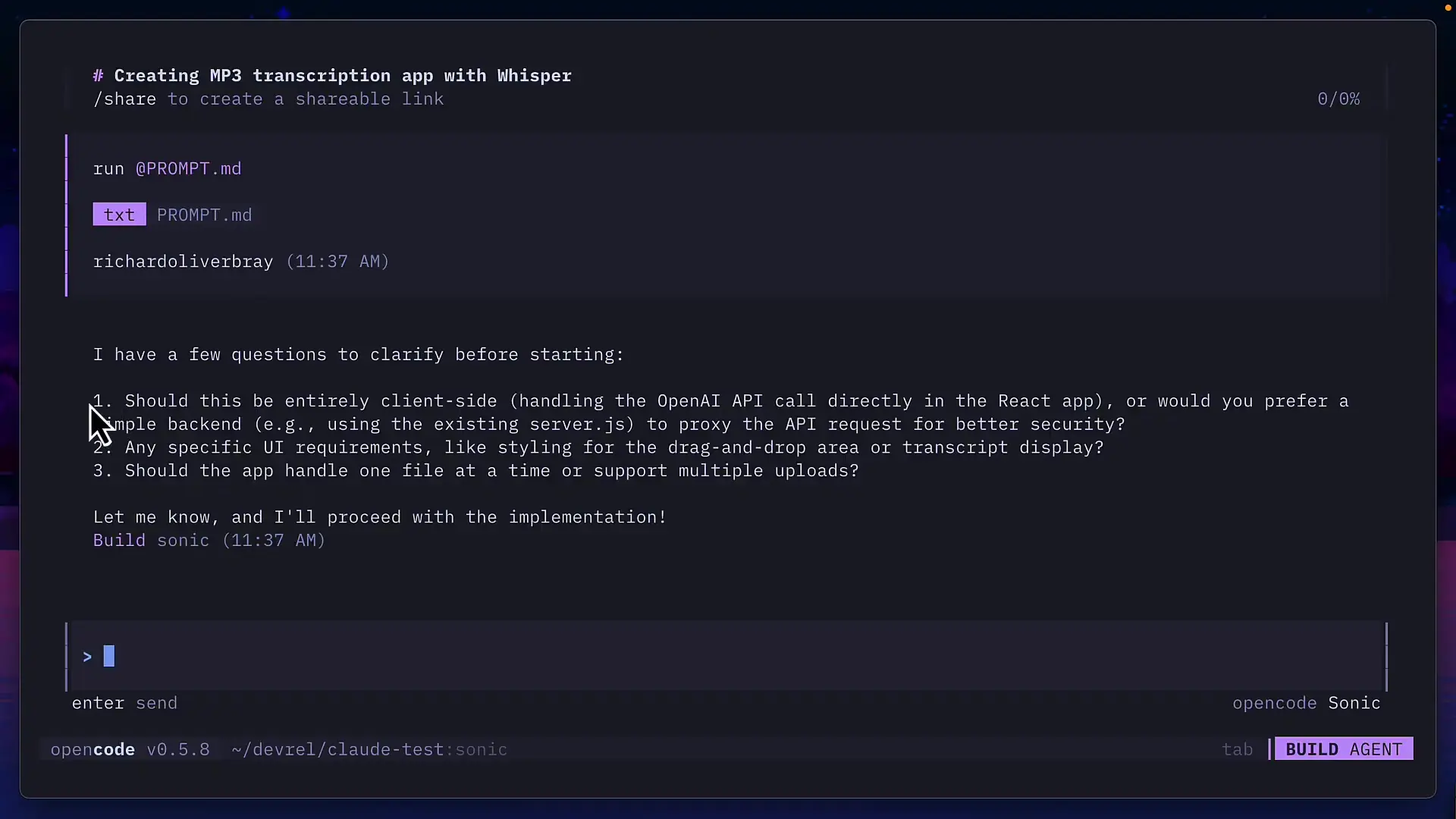
A new AI model called Sonic has been stealth-released and is making waves in the developer community. This model, available for a limited time on platforms like Rue Code, Klein Cursor, and Open Code, is specifically designed for code generation tasks. With its 200k context window and specialized reasoning capabilities, many are wondering if Sonic could be the next evolution in AI coding assistants, potentially rivaling established models like Claude Sonnet 4 and GPT-5.
Sonic AI Model: Key Features and Capabilities
Before diving into hands-on testing, it's important to understand what makes Sonic unique in the increasingly crowded AI assistant space:
- 200k context window (smaller than Claude Sonnet and GPT-5)
- Specialized reasoning model optimized for code generation
- Text-only interface (not multimodal - cannot process images or screenshots)
- Available through multiple coding platforms including Open Code v5.8
While Sonic doesn't offer image understanding capabilities, its focus on code generation makes it particularly interesting for developers looking for specialized assistance with programming tasks.
Test #1: Creating a 3D Game with Three.js and React
For the first test, I challenged Sonic to create a 3D game using Three.js and React that features a fast-moving character collecting coins. The model initially used Create React App but quickly adapted when instructed to use Vite instead, which is a more modern approach.
The entire development process took just over 5 minutes, resulting in a functional game with the following features:
- WASD movement controls for the character
- Shift key to activate a boost mechanic (character turns green when boosting)
- Collectible coins (after a quick fix)
- 3D environment with proper physics
While there were some minor issues with the initial implementation (the character could move through walls and the coins weren't initially collectible), Sonic was able to quickly address these problems when prompted. The boost mechanic was particularly impressive, showing Sonic's ability to implement game mechanics beyond the basic requirements.
Test #2: Ball in Rotating Hexagon Challenge
Next came the classic "ball in rotating hexagon" challenge - a standard test used to evaluate AI coding models. Sonic performed exceptionally well, creating a perfect implementation on the first attempt.
The resulting application featured:
- A ball that moves realistically within a hexagon
- No clipping issues (the ball stays properly contained)
- Controls to start/stop rotation and reset the ball position
- Realistic physics with the ball bouncing naturally when reset

The code quality was impressive, with only minor issues like using 'let' instead of 'const' for variables that are only assigned once. The structure, mathematics, functions, and comments were all professionally implemented, comparable to what an experienced developer might write. Sonic even utilized modern web APIs like requestAnimationFrame for smooth animations.
Test #3: Secure API Implementation for Audio Transcription
The final and most critical test involved creating an application that allows users to drag MP3 files into a browser for transcription using OpenAI's Whisper model. This test specifically evaluates whether an AI model understands security best practices regarding API key handling.

Sonic immediately demonstrated good security awareness by asking if the application should be entirely client-side or include a backend for security. This proactive approach to security is exactly what developers should look for in an AI assistant.

When instructed to create a backend for security reasons, Sonic delivered:
- A separate server file using Bun to handle API requests
- Proper API key storage on the server (not exposed to the frontend)
- Functional file upload and transcription capabilities
- Readable text output from the transcription process
The only notable issue was with the implementation of Tailwind CSS, which resulted in a less visually impressive interface than requested. However, the core functionality and security considerations were handled perfectly.
Code Quality Assessment: How Does Sonic Compare?
Throughout all tests, Sonic demonstrated several strengths in code generation:
- Clean, well-structured code organization
- Appropriate use of modern JavaScript features and APIs
- Good security practices (especially with API key handling)
- Effective error handling and user feedback
- Responsive adaptability to changing requirements
Minor issues included occasional use of suboptimal variable declarations and some challenges with CSS frameworks like Tailwind. However, these issues were relatively minor compared to the overall quality of the generated code.
Sonic vs. Claude Sonnet 4: The Verdict
After extensive testing, how does Sonic compare to other leading AI coding assistants like Claude Sonnet 4? While Sonic demonstrates impressive capabilities, particularly for a new model, it doesn't quite match the overall performance of Claude Sonnet 4 in several key areas:
- Context window: Sonic's 200k window is smaller than Claude Sonnet's
- Multimodal capabilities: Sonic lacks image understanding
- Design skills: Sonic struggled with creating visually impressive UIs
- Benchmark performance: Without official benchmarks, it's difficult to make objective comparisons
However, Sonic shows significant promise for easy to medium-level coding tasks, especially if it's priced competitively compared to GPT-5 or other premium models. Its speed and efficiency in generating functional code make it a potentially valuable tool for developers looking to accelerate their workflow.
Conclusion: Is Sonic 4 Good for Developers?
Sonic represents an interesting new entry in the AI coding assistant space. While it may not outperform top-tier models like Claude Sonnet 4 across all dimensions, it demonstrates strong capabilities in code generation, security awareness, and adaptability to feedback.
For developers working on straightforward to moderately complex coding tasks, Sonic could be a valuable addition to their toolkit, especially if it's offered at a competitive price point. Its specialized focus on code generation makes it particularly suited for rapid prototyping and implementation of common programming patterns.
As the model matures and potentially receives updates to address its current limitations, Sonic may become an even more compelling option for developers seeking AI assistance with their coding projects. For now, it represents a solid alternative worth considering, particularly for those who prioritize speed and efficiency in code generation over multimodal capabilities or advanced design skills.
Let's Watch!
Sonic AI Model Review: Is This Coding Assistant Better Than Claude Sonnet 4?
Ready to enhance your neural network?
Access our quantum knowledge cores and upgrade your programming abilities.
Initialize Training Sequence